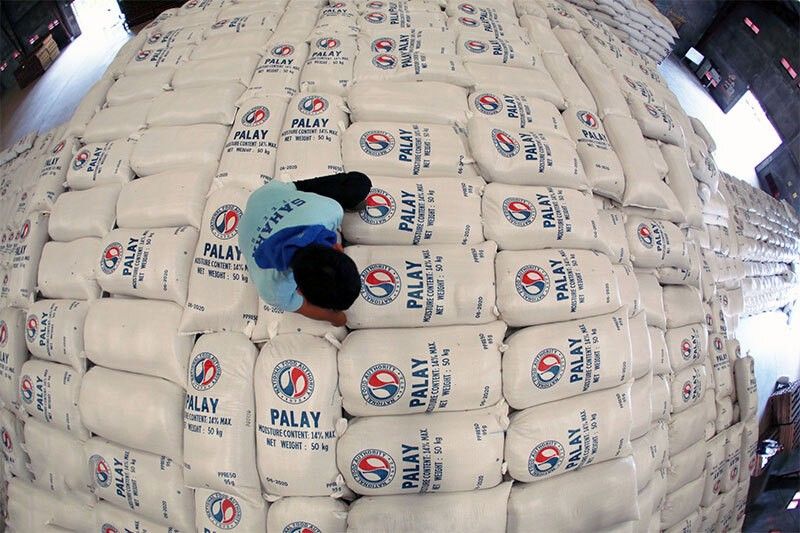Rice inflation at 20% in July drives rising costs, hitting poor hardest

MANILA, Philippines — Rice inflation has slowed but it remains to be the number one contributor to overall food inflation at 20%, according to data from the Philippine Statistics Authority (PSA) on Tuesday.
Food inflation in the Philippines stands at 6.7% in July, an increase from June’s 6.5%. It is also higher than June 2023’s food inflation of 6.3%.
Inflation, by definition, is the rate of price increases within a certain time. A lower inflation rate only means that the rate of increase has slowed down—not that prices themselves will decrease.
The PSA listed the following commodities as the main contributors to food inflation:
- Cereals and cereal products (rice, corn, flour, bread and bakery products, pasta and other cereals) – 74.6%
- Meat and other parts of slaughtered animals – 12%
- Vegetables, tubers, plantains, cooking bananas – 6.6%
The PSA said that the price of meat and other parts of slaughtered land animals has risen the most due to the year-on-year increase. Rice, however, remains the number one commodity that contributed to July’s headline inflation.
National inflation in July is now at 4.4%, 1.6% of which came from rice.
Asked if Executive Order 62 helped reduce the prices of rice, PSA Undersecretary Claire Dennis Mapa said there was little change observed. EO 62 cut the tariffs of imported rice and other agricultural products from 35% to 15%.
The EO also did not impact the actual kilo of rice that much either, Mapa said. The price of regular, well-milled rice stood at an average of P50.90 per kilo in July, which is only a slight decrease from June’s P51.10 per kilo, he noted.
Mapa also said inflation for certain food commodities may also increase in August following the onslaught of Super Typhoon Carina and the southwest monsoon in July. The effects could already be felt.
“The impact could have already started, but the expectation is that of course, based on our historical data, after a typhoon, vegetables rise in prices,” Mapa said in Filipino.
The poorest are bearing the brunt
The country’s poorest remain to be hit hard by inflation as the price of basic commodities continue to rise.
According to the PSA, inflation for low-income households or the bottom 30% of households also increased, increasing to 5.8% in July from June 2024’s 5.5%.
“First, food is big for the bottom 30% income households. Their food expenditure, as the percentage of their income, is more substantial. In our basket, the weight of food for the bottom 30% is around 51.38%,” Mapa said.
- Latest
- Trending


























